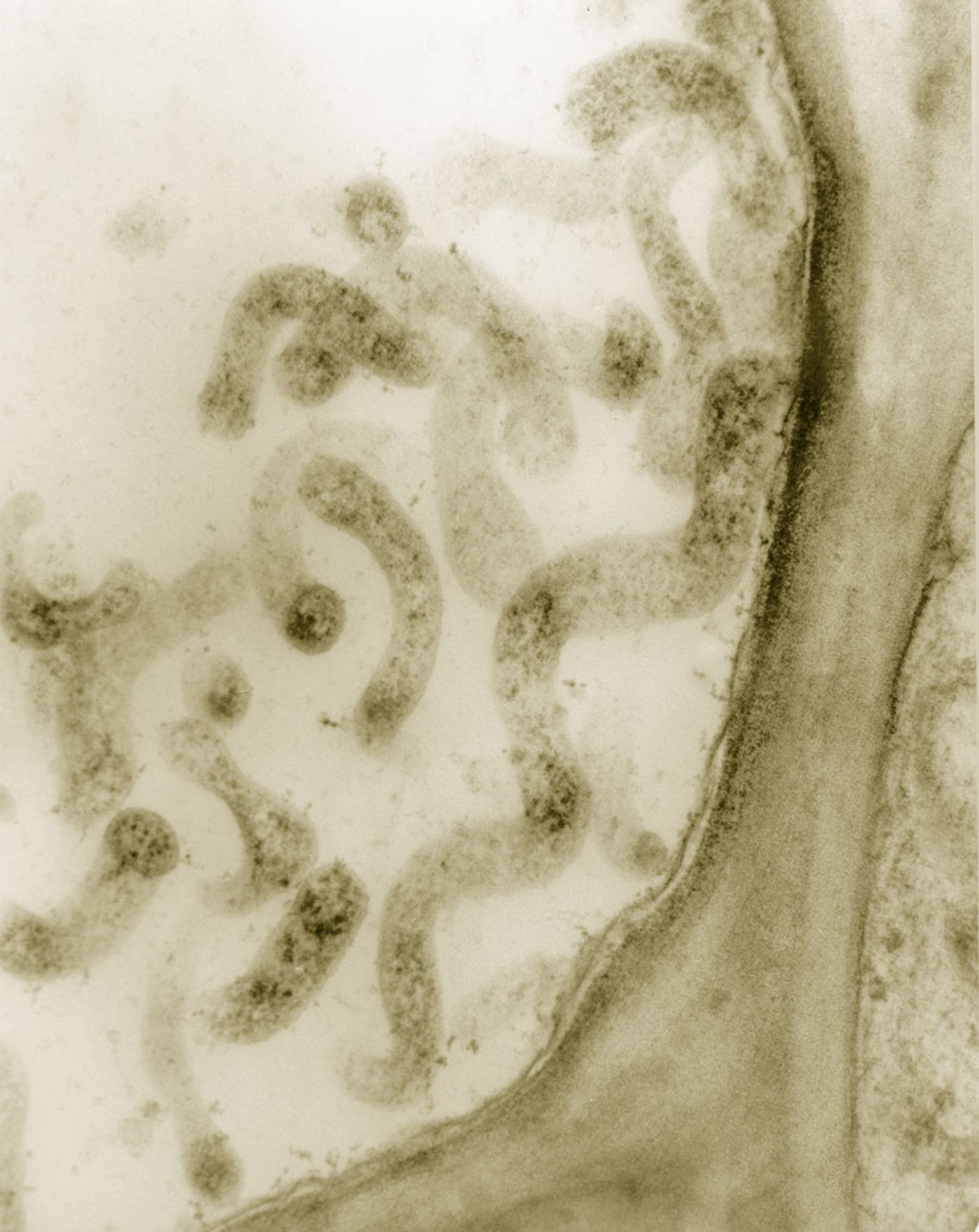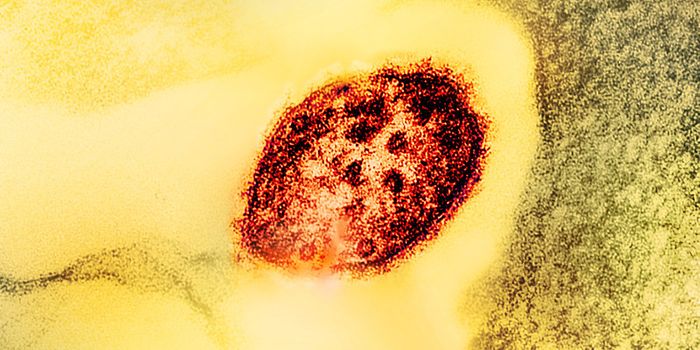Better Know a Microbe: Spiroplasma
Spiroplasma is a genus of pretty odd bacteria. Most bacteria can be classified as either Gram-positive or Gram-negative. That is, they’re either surrounded by a cell wall and plasma membrane (Gram-positive), or they’re surrounded by an outer membrane, cell wall, and inner membrane (Gram-negative). Spiroplasma breaks both of those rules - these oddballs don’t have a cell wall at all!
Spiroplasma are part of a class of bacteria called Mollicutes. These little guys are very, well, little - between 0.2 and 0.3 microns wide (too small to see with a light microscope). They also have very tiny genomes, and (as you know) lack a cell wall. If you hadn’t heard of Spiroplasma, join the club. You may recognize another Mollicute, however - does Mycoplasma ring a bell?
Mycoplasma pneumoniae, for example, causes primary atypical pneumonia, also called walking pneumonia. (Why the heck is it called walking pneumonia?) M. pneumoniae is a human parasite - it has to live inside of a host cell. Fun fact - it is the only bacterium that contains cholesterol in its cell membrane. The bacteria steal cholesterol from their host cells, and this probably helps them evade the human immune system.
Okay, back to Spiroplasma. Because these bacteria don’t have cell walls, most species produce sterols that make their cell membranes a bit more rigid. As their name suggests, their cells are spiral-shaped, and they move around in a twisting fashion.
Species of Spiroplasma infect insects and plants. (There’s some evidence that they also infect humans!) In plants, the bacteria typically infect phloem cells. One species, S. citri, causes citrus stubborn disease and is transmitted by insects called leafhoppers. The disease can decrease a tree’s fruit production by nearly 50%. Similarly, S. kunkelii causes corn stunt disease, which can also be transmitted by leafhoppers.
As for insects, infect isn’t really the best word. Spiroplasma is really an endosymbiont of insects. Spiroplasma protects fruit flies (Drosophila) from parasitic nematodes and wasps. To do this, the bacteria produce ribosome-inactivating proteins that attack the parasites’ ribosomes. Surprisingly, these defensive proteins don’t seem to damage the fruit fly’s ribosomes! These findings were just reported in PLOS Pathogens.
Last, but not least, there’s some evidence that Spiroplasma can infect humans. One case of systemic infection was identified in a patient with hypogammaglobulinemia who was being treated with biologics for rheumatoid arthritis. Her physicians successfully treated the infection with antibiotics.
There's also controversial evidence from the laboratory of Frank Bastian to suggest that Spiroplasma causes transmissible spongiform encephalopathy (TSE, now considered to be caused by prions). Other researchers have been unable to replicate Bastian’s findings. However, he isolated Spiroplasma from an animal with TSE, transferred the bacteria to another animal, and demonstrated the transfer of TSE.
Sources: University of California Agriculture and Natural Resources, PLOS Pathogens, Journal of Clinical Microbiology, Journal of Medical Microbiology, Wikipedia









